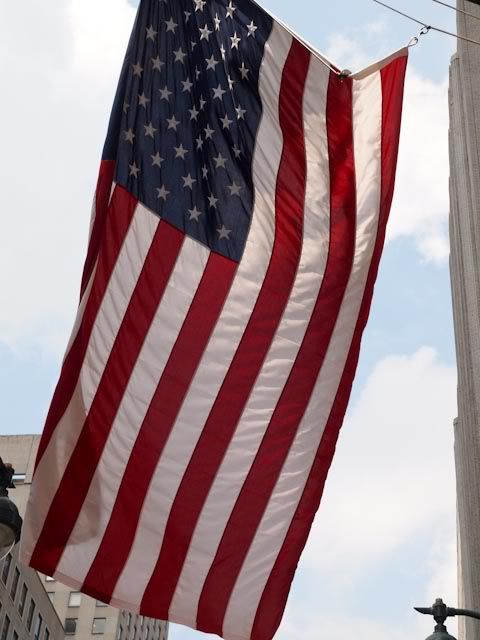Right Pan... from John Opie on Vimeo.
Out with colleagues and former colleagues, this was taken with a Casio EX-FC 100 in the highest-resolution HS movie mode. No sound, just a simple pan right across the beers...
This is an example of high-speed video, in this case using a very inexpensive consumer digital camera that has the option of digital video, including, in this case, 210 frames a second at basically a slightly reduced VGA mode.
I'm basically pleased with the Casio EX-FC 100, with a few caveats: as a still digital camera, it isn't the greatest performer, but then again virtually no P&S cameras are. Their sensors are simply too small for really high-quality work. Related to the sensor size, the low-light performance is disappointing, especially for video. But I knew both of those when I bought the camera, so I'm not totally miffed.
On the plus side, it fits into a cell-phone pocket and has become my constant companion at work and elsewhere. While my phone (Motorola Droid) has a camera as well, this is simply worlds better, especially with the high-speed option. The other-world-like quality of the high-speed video is a lot of fun to play with. Battery life is more than adequate: two days ago I recharged it for the first time in over three weeks of intermittent use. I put in a class 6 16 GB SD card so that I have plenty of room for movies, which especially in the high-speed mode really get large very, very quickly.
The camera also has even higher-speed modes, but these drop the resolution until the fastest speed is a mere 100 pixels or so in height, virtually useless for anything but the most quickest of movement (on the other hand, it does run at 1000 fps).
This particular Casio is simply fun: always with me, and the high-speed modus is the biggest selling point. While Casio does have a bridge camera with the function - indeed slightly better resolution and running 300 fps instead of 210 - I'm contemplating the new Fuji HS-10/HS-11 as a possible upgrade, depending on its high-speed resolution. Specialized tools for specialized work.
What would be interesting would be to take the time-lapse work I've done with a hacked Canon 11o IS and juxtapose it with the high-speed images available here...something for a rainy day.




